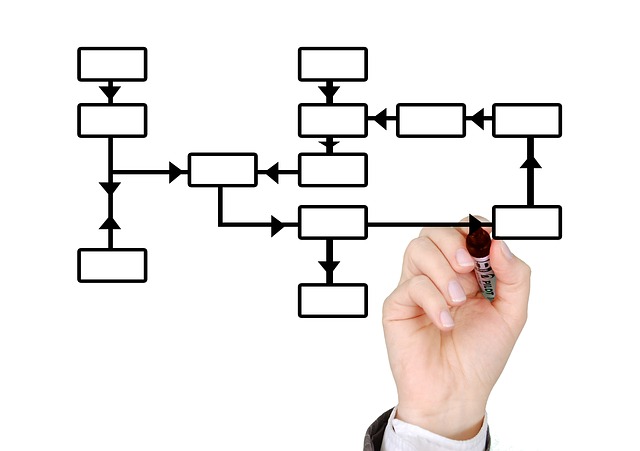The Internet of Things can mean many things for different businesses. Technically, an IoT solution must involve a network of physical objects with embedded technology that allows them to communicate with external environments, commonly over the Internet. The system requirements of an IoT solution, however, can be heavily influenced depending on the nature of the business objectives that must be solved.
Industrial Internet of Things (IIoT) solutions vary significantly from those deployed in B2C organizations for a variety of business and technology reasons. Any company that depends on durable physical goods to conduct business—from manufacturing, mining and agriculture to healthcare organizations, transportation and logistics business—all qualify as organizations that IIoT solutions can benefit.
As part of our ongoing IIoT series, we will address how business model objectives influence the decisions you must make when building an IIoT solution.
Business model 1: Decreasing costs
Industrial IoT solutions that optimize internal workflows and processes are typically deployed in order to reduce costs. The sensors and real-time data collection capabilities of these IIoT solutions can enable businesses to make better business decisions based on more comprehensive monitoring platforms for analysis. These types of solutions typically need minimum data requirements and limited UI interfaces. Big data storage, complex device management and speed optimization tend not to be large concerns as much as simply capturing sensors’ data.
As IIoT is still in a nascent stage, most solutions currently being developed are purely focused on increasing operational efficiency in the following ways, by:
- Automating processes
- Increasing flexibility of production techniques
- Enabling predictive maintenance (ie. anticipating equipment failures, improving repair services)
The productivity gains of these types of business models can be significant. Recent studies have estimated that manufacturers can boost productivity as much as 30 percent and reduce maintenance costs by as much as 30 percent with Industrial IoT solutions.
Business model 2: Increasing customer value
IIoT solutions that increase external customer value utilize more advanced two way data streams to bridge the digital and physical sphere. IIoT solutions that improve customer value are built upon product-service hybrids that apply new information technology to production, operations and product design. In this way, the data that industrial organizations’ physical goods produce, once digitally connected, are used to introduce new digital services.
With these solutions only scalable data storage and management systems should be considered as the ultimate aim of deploying such a solution will be to scale your user base (and resultant data needs). UI will also rise to the forefront as users will expect that the IIoT solution’s environment is as user friendly as the environments of other digital businesses’ solutions. The UI of hospitals’ IIoT solutions, for instance, must be comparable to that of consumer oriented healthcare applications, otherwise they run the risk of experiencing significantly low user adoption. The design of the solution’s data visualizations and dashboards will be equally as important.
Ultimately, every component of this customer facing IIoT solution should directly correlate to improved performance capabilities and product/service intelligence.
Understanding your business model objectives is only the first step in mapping out the technical requirements of your IoT solution. To assist you in making sense of the 9 critical factors discussed in this ongoing series, we also have a practical guide you can use during the IoT development process.


